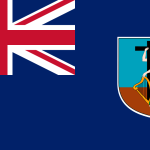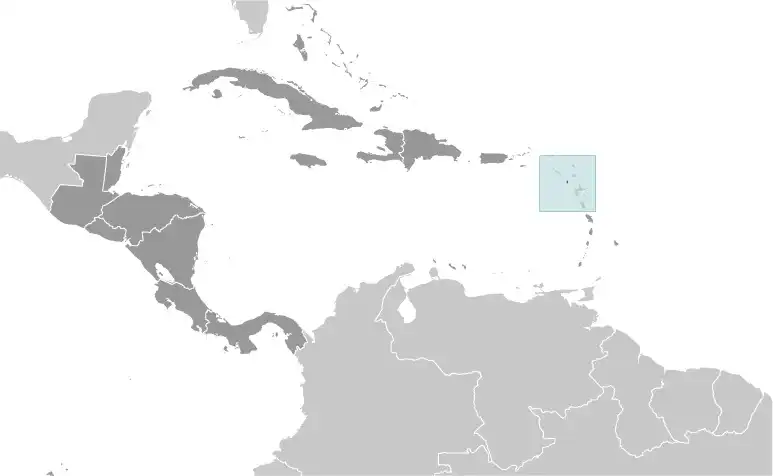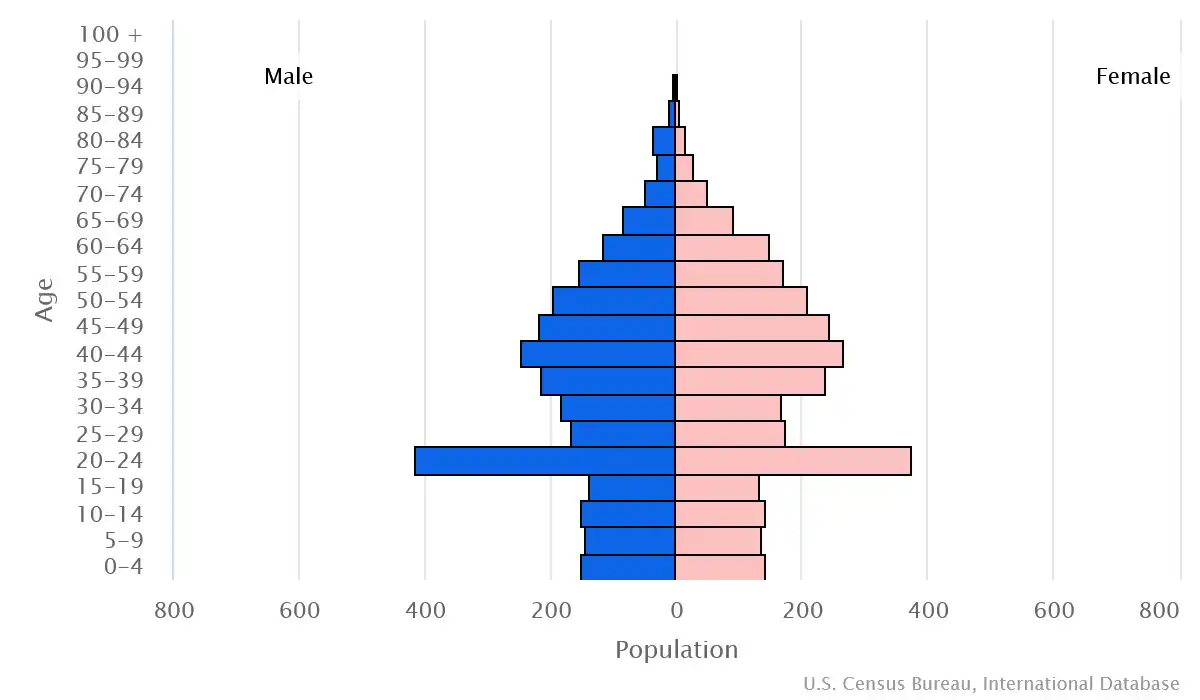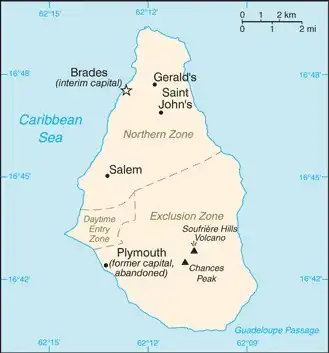
Montserrat
Veröffentlicht: 19. June 2022 - Letztes Update: 28. February 2025
Country Data Dashboard

Population
5,468
Growth: 0.59% (2024 est.)
GDP
no data
Area
102 sq km
| Government type: | parliamentary democracy; self-governing overseas territory of the UK |
| Capital: | Plymouth; note - Plymouth was abandoned in 1997 because of volcanic activity; interim government buildings have been built at Brades Estate, the de facto capital, in the Carr's Bay/Little Bay vicinity at the northwest end of Montserrat |
| Languages: | English |
People & Society
Ethnicity (2018 est.)
Religion (2018 est.)
Age structure

Economy
Economic overview
formerly high-income economy; volcanic activity destroyed much of original infrastructure and economy; new capital and port is being developed; key geothermal and solar power generation; key music recording operations
Real GDP (purchasing power parity) in Billion $
no data
Real GDP per capita in $
No data
Exports & Imports in million $
Top 5 Import Partner in 2022 (74%)
Top 5 Import Commodities in 2022
- refined petroleum ⛽
- machine parts ⚙️
- plastic products ♻️
- machinery ⚙️
- natural gas 💨
Top 5 Export Partner in 2022 (74%)
Top 5 Export Commodities in 2022
- sand 🏜️
- gravel and crushed stone 🪨
- packaged medicine 💊
- lead products 🪙
- liquid pumps
Geography
Map

Area
Natural resources
- NEGL
Climate
tropical; little daily or seasonal temperature variation
Historical Background Information
English and Irish colonists from St. Kitts first settled on Montserrat in 1632; the first African slaves arrived three decades later. The British and French fought for possession of the island for most of the 18th century, but it finally was confirmed as a British possession in 1783. The island's sugar plantation economy was converted to small farm landholdings in the mid-19th century. The Soufriere Hills Volcano erupted in 1995, devastating much of the island; two thirds of the population fled abroad. Montserrat has endured volcanic activity since, with the last eruption occurring in 2013.
